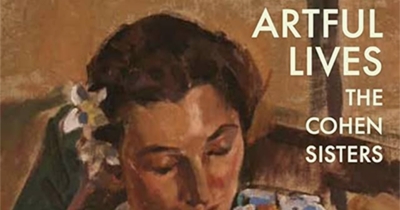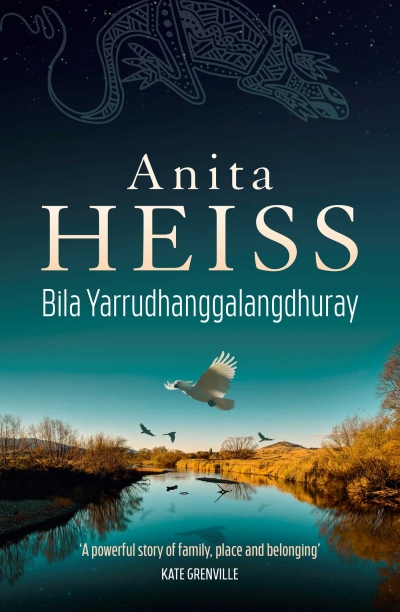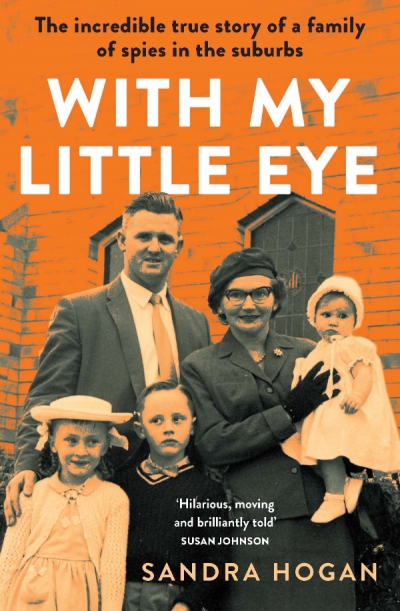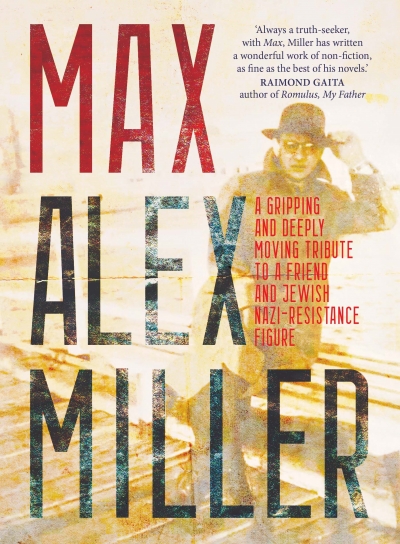Jane Sullivan
Artful Lives: From Melbourne to the Islands: The artful lives of the Cohen sisters by Penny Olsen
by Jane Sullivan •
With My Little Eye: The incredible true story of a family of spies in the suburbs by Sandra Hogan
by Jane Sullivan •
Intrépide: Australian women artists in early twentieth-century France by Clem Gorman and Therese Gorman
by Jane Sullivan •










